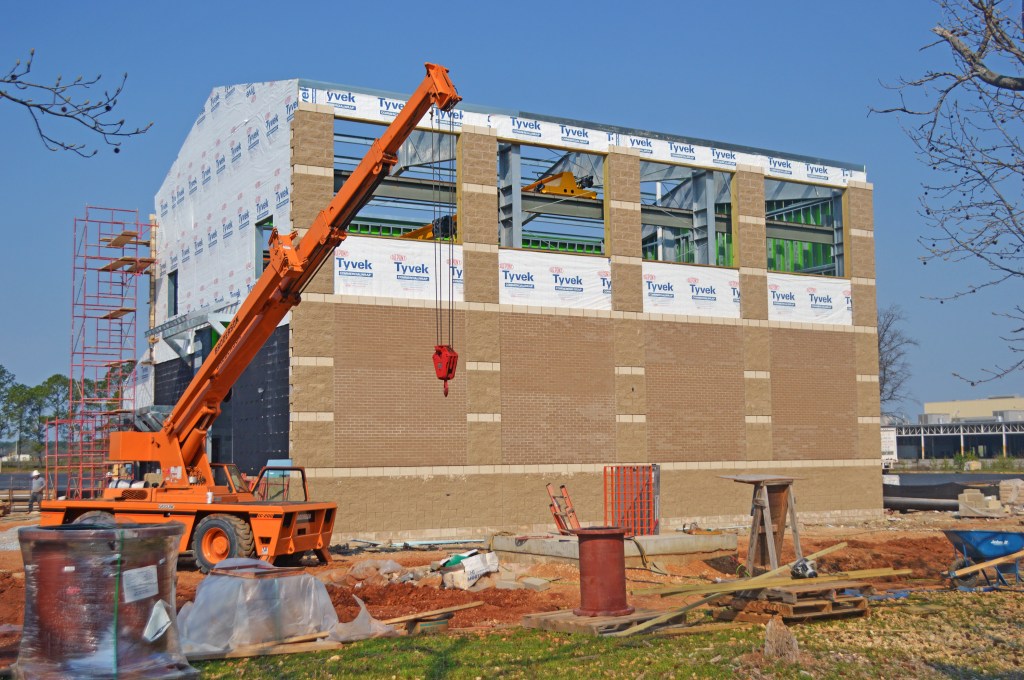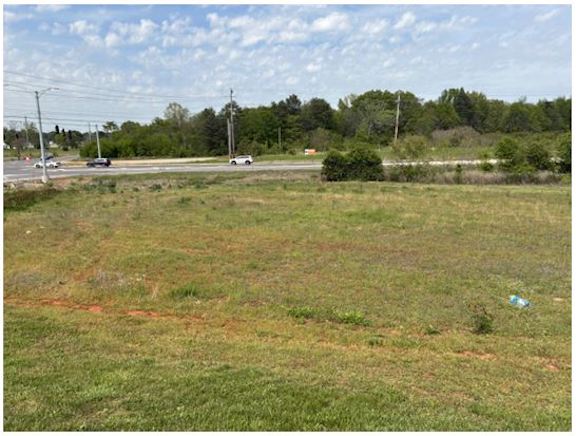LCWSA pipeline a year ahead of schedule
Published 6:15 am Saturday, March 25, 2017

- A pump house under construction near the old Delphi plant in Limestone County is about 45 percent complete. When completed, it will pull water from Decatur Utilities through a 36-inch pipe and redirect it to the Greenbrier area where heavy growth is anticipated.
Anyone traveling west toward Decatur may have noticed long lengths of blue pipe floating on top of the Tennessee River and wondered why they were there.
The 36-inch wide pipe is part of the $21.6 million Decatur Crossing project funded by the Limestone County Water & Sewer Authority. When complete, it will allow the utility to purchase up to 15 million gallons of water per day from Decatur Utilities.
Trending
LCWSA CEO Daryl Williamson said the wholesale cost would be $1.08 per 1,000 gallons.
The Limestone County Water & Sewer Authority first began discussing the prospect of running a pipeline several years ago, but the project was set into motion in 2012. The estimated cost at that time was $7 million to $10 million.
Such subject matter may seem mundane to some, but it’s all part of a greater scheme that could shape the future of Limestone County for many years to come. The increased capacity is seen as a key to attracting more commercial growth to Huntsville-annexed Limestone County where interest has been steady.
About the project
To say there are a lot of moving pieces to the project would be an understatement. Drilling a 42-inch hole in rock that spans the width of the Tennessee River is as challenging as it sounds. The good news, however, is the project is running smoothly.
“We’re about a year ahead of schedule,” said Chris Coston, project engineer with Garney Construction.
Trending
Crews from Garney are conducting four bores beneath the river using a large horizontal drill. It takes about one month to complete each pass.
Two passes have been complete and a third bore is set to begin this week. The fourth and final bore will expand the hole up to 42 inches.
The drill, which can produce about 1 million pounds of force, is powered by a device the size of a tractor trailer. An operator in a nearby plexiglass hut operates the drill using GPS coordinates to ensure the drill follows the correct horizontal path through the rock.
While the hole is being drilled, crews have been welding pieces of the pipeline together. While a large piece is floating on top of the river, another section is being assembled on a swampy Tennessee Valley Authority service road on the Limestone County side of the river. That section is resting on a series of V-shaped stands with rollers and will eventually be connected to the other length of pipe.
From the top of the water to the center point of the pipe is 90 feet below the surface. Portions of the pipe in more shallow depths will be covered by large concrete caps to ensure the pipe doesn’t float. Those caps will also ensure the pipe isn’t hit by a boat propeller.
All told, there is about 17,000 total feet of pipe, which equates to 3.21 miles. It spans from where it is pumped out of Decatur Utilities to a pump house on Sandy Road near the old Delphi plant. That project is about 45 percent complete.
The pump house has a suction device that will draw the water through the pipe and redirect it to the Greenbrier area through a transmission line. Construction of the pipeline should wrap up later this year, while water should begin flowing through the pipe next year.





